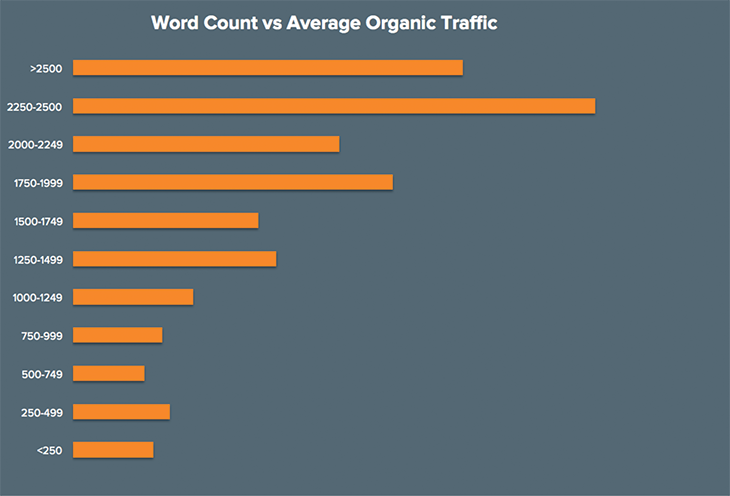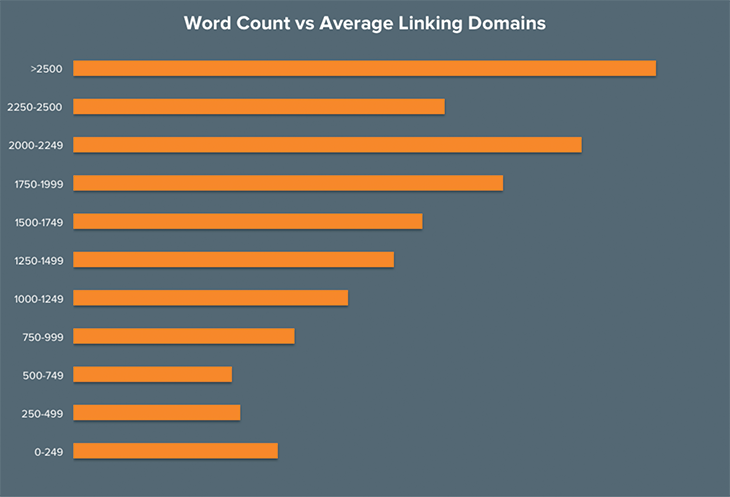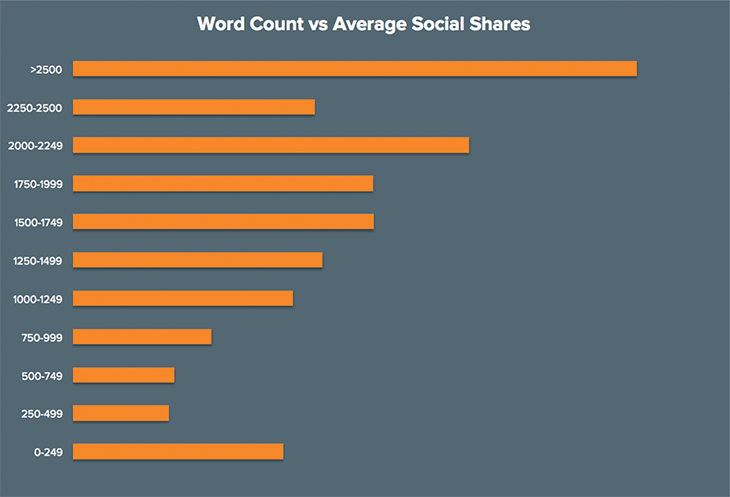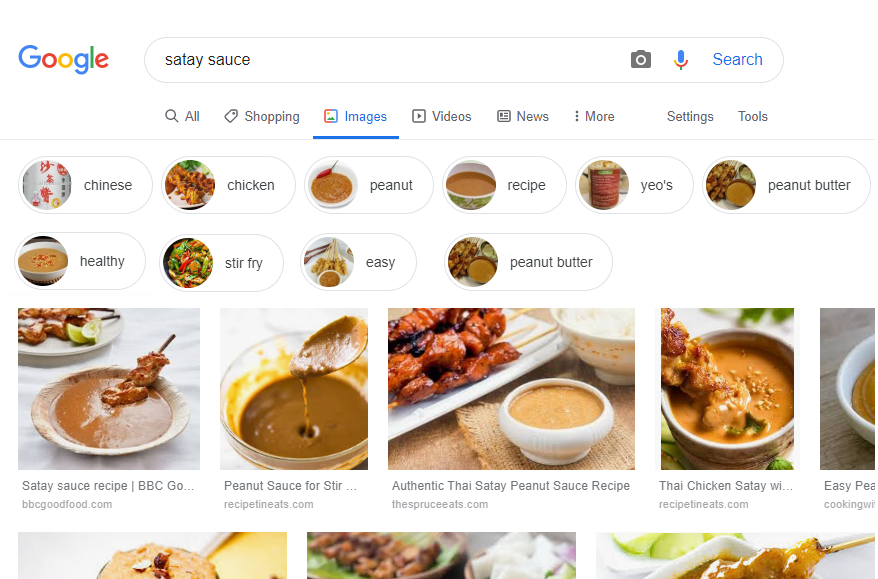What do we mean by complete content?
‘Complete content’ is a term coined by Brian Dean at Backlinko and it is what it says on the tin. A quick thesaurus search of the term complete will reveal words such as entire, exhaustive, full and thorough. It’s all these things – and Google loves it.
Previously, we may have written a blog post to target a specific question, answered it in decent detail, then moved on. Hopefully, we’d then enjoy a steady stream of traffic. Today, we need more.
The more we can talk around the topic, the better.
For example, a comprehensive article on how to make satay sauce wouldn’t just include the recipe, but may include its origins, how it is used, nutritional facts and what it goes well with.
How do we know it’s important?
The more you think about comprehensive content, the more obvious and logical the need to create it becomes. Back to the point made up top, Google satisfies its users if they can find all the information they need in one hit – therefore Google will reward you.
They even told us in their Quality Rater Guidelines that results should have “comprehensive main content”.
We also know Google rewards websites that demonstrate expertise, authoritativeness and trustworthiness (E-A-T). This is to validate content seen on the web – we don’t want a highly important and potentially sensitive article on ‘symptoms of breast cancer’ written by an earnest intern ‘having a go’. This ranking above credible sources, such as the NHS, could prove dangerous.
Yes, this content might be correctly optimised, but it would lack a layer of medical expertise, and fortunately Google knows this so is unlikely to rank it over sites that do. We’d prefer this was produced by a medical professional and hosted on an authoritative site.
Creating complete content is a great way to demonstrate your E-A-T credentials, particularly your expertise. By building around the topic, you’re showing both Google and your user you know what you’re talking about and in turn it will give the nod of approval all us marketers crave.
Better still, if we’re keeping readers on page for longer by providing all surrounding information, and readers aren’t having to go back and do additional research, it’ll send positive engagement signals.
This, however, needs a degree of common sense. If the search is finite, such as “how to boil an egg” the user wouldn’t require information on chicken breeding practices or the history of eggs. Complete content in this sense would look at answering relevant questions such as the boiling time for different consistencies, how to cook a hardboiled egg and how long hardboiled eggs can be kept if refridgerated, for example.
Now the data to back it up…
Creating complete content means adding more depth to your article – and Google seems to prefer longer-form content over short-form when it comes to information based editorials, as the data suggests.
Hubspot analysed 6,192 of their blog posts with no pre-identified agenda – they just wanted to see what variables impacted performance. A striking correlation at the intersection between length and performance emerged.

©Hubspot
As well as average ranking position, the HubSpot study reveals longer posts earn more links:

©Hubspot
Looking beyond search performance, there is also a strong correlation between length and the number of shares:

©Hubspot
So longer content wins but – and this is a big but – it’s not about creating longer content for the sake of it by blabbering on just to hit that ‘magic’ 2,500 mark. No, it’s about adding the right sort of content, and here’s one way to achieve it.
One way to achieve complete content
Overall, it’s nothing more than a good dose of common sense. Take your article further, cover additional angles, make it more complete. Think to yourself “let’s cover everything this reader could possibly want”.
Here’s an example to spark your imagination:
First, type your page’s target keyword into Google – let’s stick with the satay sauce example.
Then, click on images. You’ll see words and phrases above the images results.

Here you’ll see all the subtopics Google associates with satay sauce – straight from the horse’s mouth.
Finally, work these additional angles into your piece to provide the required depth.
Examples of complete content
Here’s a selection of classic examples of complete content, from a range of niches, that all rank for high volume keywords.
How Much to Spend on an Engagement Ring
This piece has not only answered the big question of how much to spend on an engagement ring, but it covers subtopics such as:
- What to do before you buy it
- Advice on choosing it
- How to speak to your partner about it
- A step-by-step process.
It even goes into the writer’s own personal experience of shopping for a ring, how to email the jewellers, what to do in the shop and how to negotiate.
Via the completeness of the content, the article ranks on page one for high traffic-driving keywords such as “how much to spend on engagement ring”, “average engagement ring cost” and “engagement ring price”.
Compare it to this article, which ranks poorly on page 8, which is incredibly thin in comparison – only focusing on the one topic.
Here are some further examples of complete content, from our clients:
Google Analytics Resource Guide
Within our analytics guide, we didn’t just give an overview – we went into granular detail on everything required to get set up, important metrics and tracking. This approach helped us achieve page 1 rankings for relevant keywords, such as ‘Google Analytics Guide.’
Can you afford a baby if you’re self-employed?
Here, our client John Charcol didn’t simply answer the question. They looked at factors to consider, the process, advice on going back to work and considerations for the partner. Further, it includes slick graphics to bring to life the key points. Through this completeness, the editorial ranks 2 for the core targeted question: can you afford a baby if self employed?
Not rocket science, but something actionable you can take with you today. Have you got some good examples of complete content? Please share with us in the comments below!
